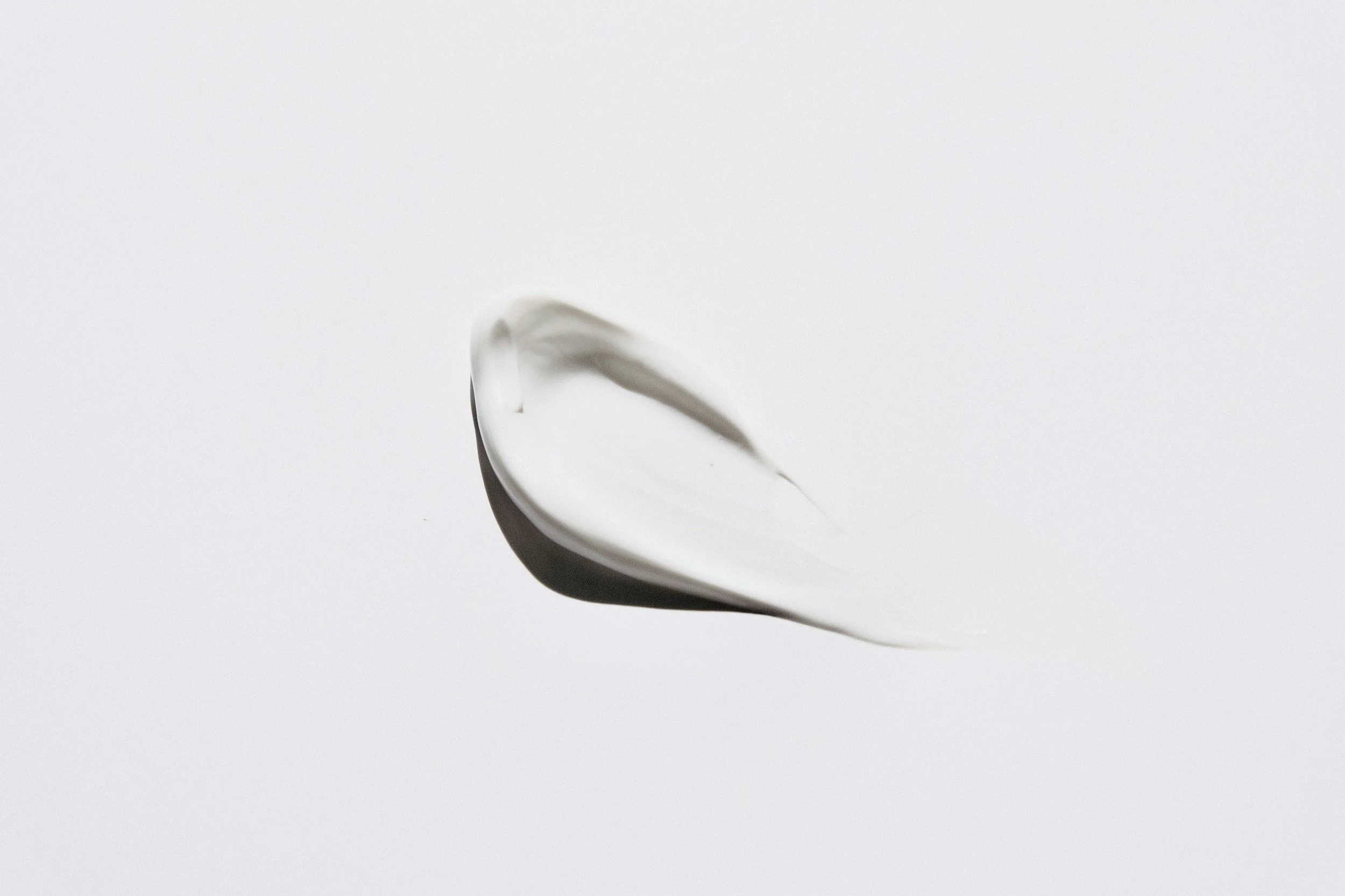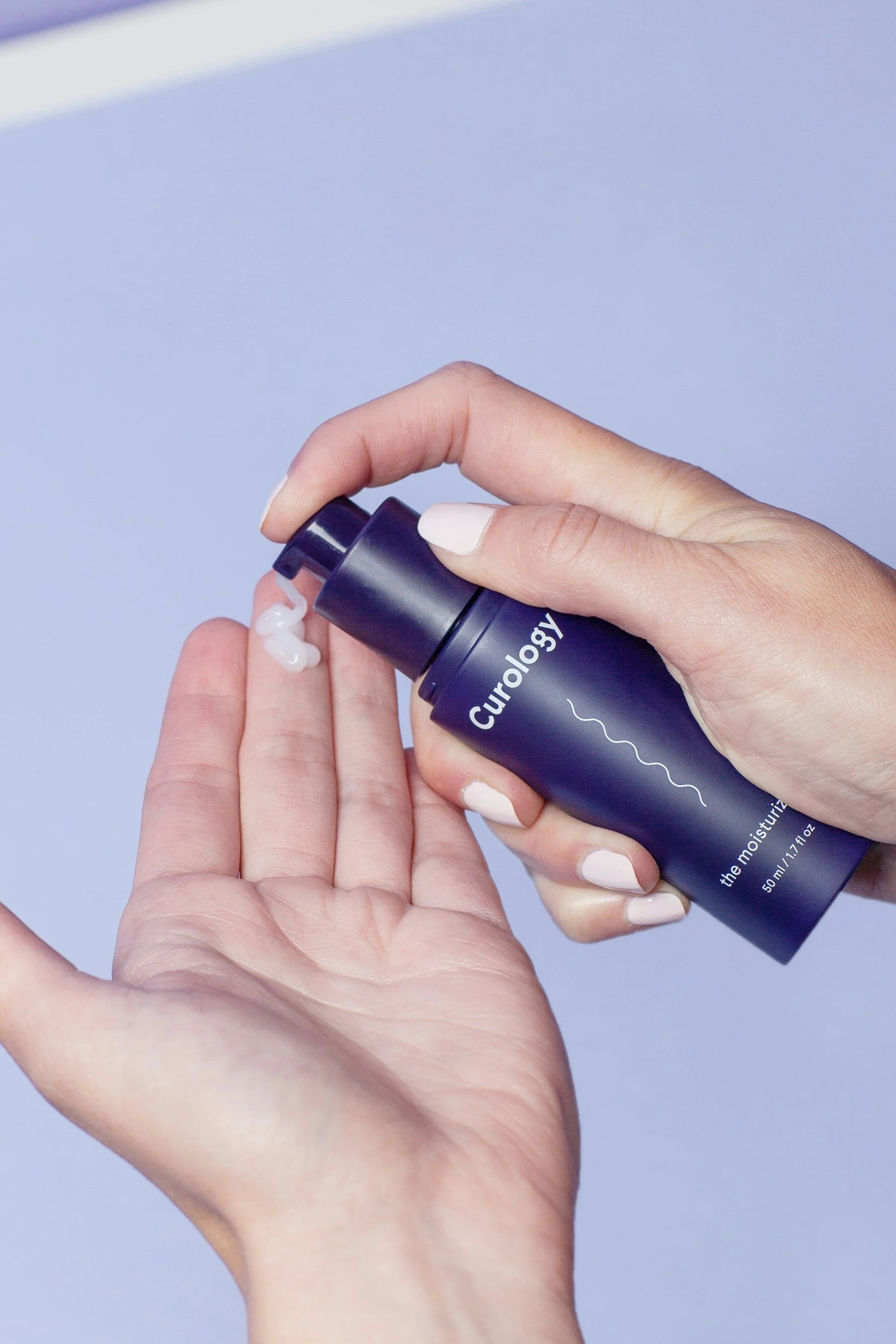Your Guide to Managing Common Skin Conditions Effectively
By PAGE Editor
Skin is the biggest organ that serves as a protective shield against the outside elements and other harmful factors. However, as it is always exposed to such things, it can be quite sensitive and frequently damaged, which leads to many health issues that can affect our lives to a great extent. Knowing what to do in such cases and how to deal with different skin conditions is important. Let’s check out some of them and the solutions to help you treat them effectively.
Acne
Millions of people suffer from acne, especially during their teenage years, when hormones are at their wildest. They can cause many problems, but one of the most concerning ones is the lack of self-confidence and uncomfortable feelings. Dead skin cells and dirt lead to forming this problem, and sometimes a higher oil production in the skin increases the chances of breakouts. Stress, junk food, and various hormonal changes can all cause this skin issue, so as the first step of defense, you should have an effective skincare routine to protect yourself. Use a gentle cleanser twice a day, as well as over-the-counter treatments that contain salicylic acid. These will reduce the bacteria and help you hydrate your skin gently. Sometimes, dermatologists can prescribe certain antibiotics or other medication to further deal with the issue, and you should follow their recommendation if you want to be successful.
Melasma
Melasma is a common skin condition that can be recognized by dark, discolored spots, which are the result of many factors, like hormonal changes, pregnancy, or heredity. First of all, if you are dealing with this issue, you must make sure you are using sun protection properly, like sunscreen with an SPF of 30 or higher every day. You can even wear hats and find shade to protect yourself against harmful sun rays. Furthermore, you can try an effective melasma treatment like a yellow laser that targets melanin-producing cells without damaging the surrounding skin. This kind of treatment effectively reduces the severity of the melasma with a low possibility of side effects. You can also use some topical treatments, like various creams and acids, but always consult your dermatologist to be on the safe side. If you maintain regular skincare, you will make melasma much less noticeable, and it won’t have such a strong effect on your everyday life.
Psoriasis
Psoriasis is an autoimmune disease that causes the skin cells to multiply rapidly, which causes scaly spots, redness, irritation, and discomfort. It can appear on almost every area of the body, but most usually it is visible on the scalp, elbows, and knees. When your symptoms are not so severe, a dermatologist may prescribe a topical therapy, like vitamin D and certain creams with corticosteroids. However, with more severe symptoms, you should take oral medications and use other treatments that can help alleviate this issue. Phototherapy is also a successful treatment that uses ultraviolet radiation to regulate this skin condition. Remember that leading a healthy lifestyle and having a well-defined skincare routine will help you deal with this issue, so don’t ignore what your body is looking for.
Contact dermatitis
Contact dermatitis is a common skin condition that causes the skin to become red, itchy, and swollen. This usually happens when the skin is irritated by some external factors, like harsh detergents and soaps. Also, certain products can cause allergic reactions and lead to contact dermatitis. First of all, you must be aware of what causes this issue and stay away from such products. Also, you can use antihistamines or corticosteroids to help with the symptoms, but always consult your doctor to help you deal with this issue the right way.
Fungal infection
Fungal infections are not so uncommon. Many people have them and they can attack different parts of the body. These infections are caused by fungi forming in parts of the body and that can lead to many problems for the human body. Ringworms are a very common fungal infection and its symptoms are red, itchy skin. Candidiasis is another type of infection that often appears due to a weak immune system or when people have diabetes. Sporotrichosis appears when there are cuts or wounds on the body. All of these types of fungal infections thrive in wet areas where it is more likely for them to spread. Treatment for most of these infections is done with drugs. If you live in a humid area, you need to make sure that you treat your body right, and if you get cut or something similar, you treat the wound properly.
Knowing how to treat certain skin conditions can be vital for your well-being. Many people do not even know to recognize when they have problems so they delay the treatment and that can lead to further problems down the road. The more you know about these conditions, the easier it will be to prevent and treat them.
HOW DO YOU FEEL ABOUT FASHION?
COMMENT OR TAKE OUR PAGE READER SURVEY
Featured









Bianca Censori’s BIO POP, debuted in Seoul, marks her formal entry into the art world with a live performance and exhibition that reframes domesticity as the origin of identity, constraint, and ritual, launching the first chapter of a seven-part artistic cycle unfolding over the next seven years.